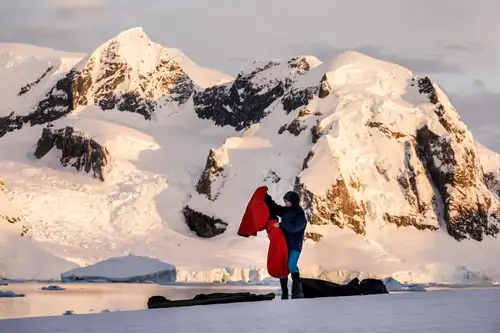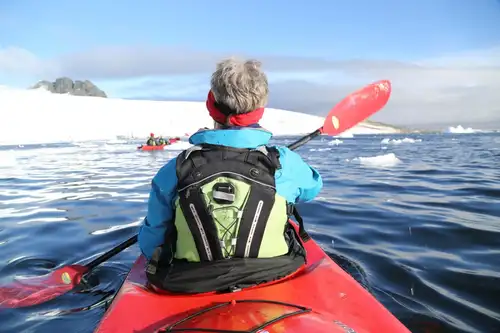After an early morning gathering of our camping group, we reached the entrance to Lemaire Channel. The snow and mist around the mountain peaks created a captivating atmosphere as we began our journey to Paradise Bay. The channel was dotted with impressive icebergs, and we even spotted a few sleeping humpback whales, providing ample photo opportunities.
From Lemaire Channel, we navigated to Ferguson Channel, which led us into Paradise Harbour, a spacious bay formed by islands near the Antarctic Peninsula. We made an easy landing at Base Brown, an Argentinean summer station perched on a rocky outcrop overlooking the bay. This landing marked our arrival on the mainland! The station was unoccupied at this time of year, except for the resident Gentoo penguins. A short, steep climb to the peak offered breathtaking panoramic views of Paradise Harbour.
After lunch, the kayakers set out from Base Brown and paddled into Skontorp Cove, where they encountered both Minke and Humpback whales. They navigated through the ice towards Stony Point. The conditions were ideal—calm waters, no wind, and occasional bursts of sunshine. They were treated to sightings of Crabeater, Leopard, Weddell, and a grumpy Fur Seal. The dive team explored a steep wall adorned with colorful marine life, including corals, sponges, and tunicates. Large seastars and nudibranchs grazed over the rock wall in near-freezing waters.
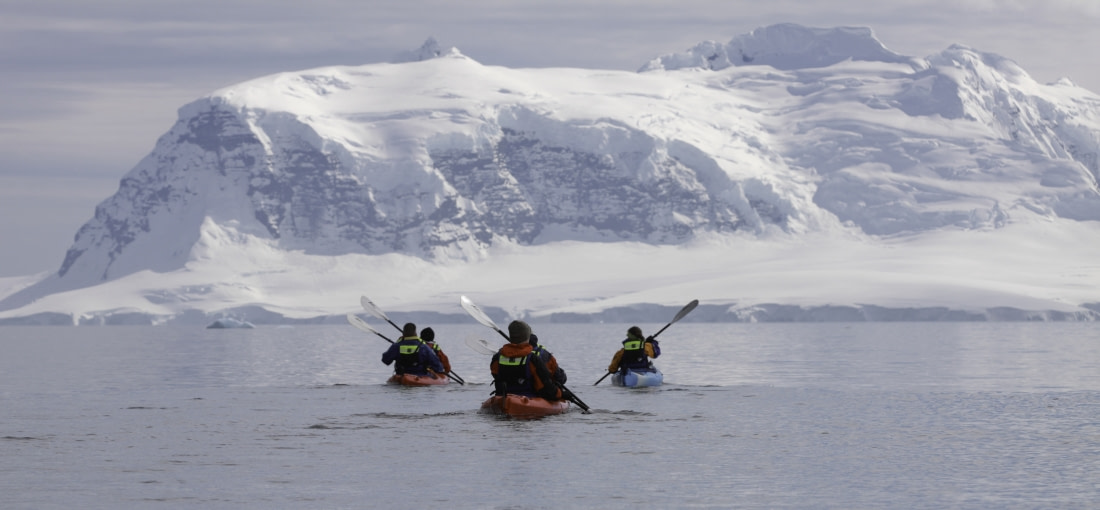
The mountaineers embarked on a climb up the 730-meter-high Mount Banck, overlooking Ferguson Channel. They roped up and began their ascent. Conditions were challenging with flat light and fog, making navigation through the first two crevassed areas difficult for the mountain leader.
After traversing an intriguing ice step, they reached the eastern shoulder of Mount Banck and continued their climb. They paused briefly to examine a deep crevasse, which they followed until it narrowed enough for a safe crossing.
After negotiating more crevassed areas, the team finally reached the summit! The clouds parted, allowing the sun to illuminate the ice-strewn waters below. The panoramic view was a rewarding sight after two and a half hours of effort. They took some victory photos before roping up and beginning their descent.
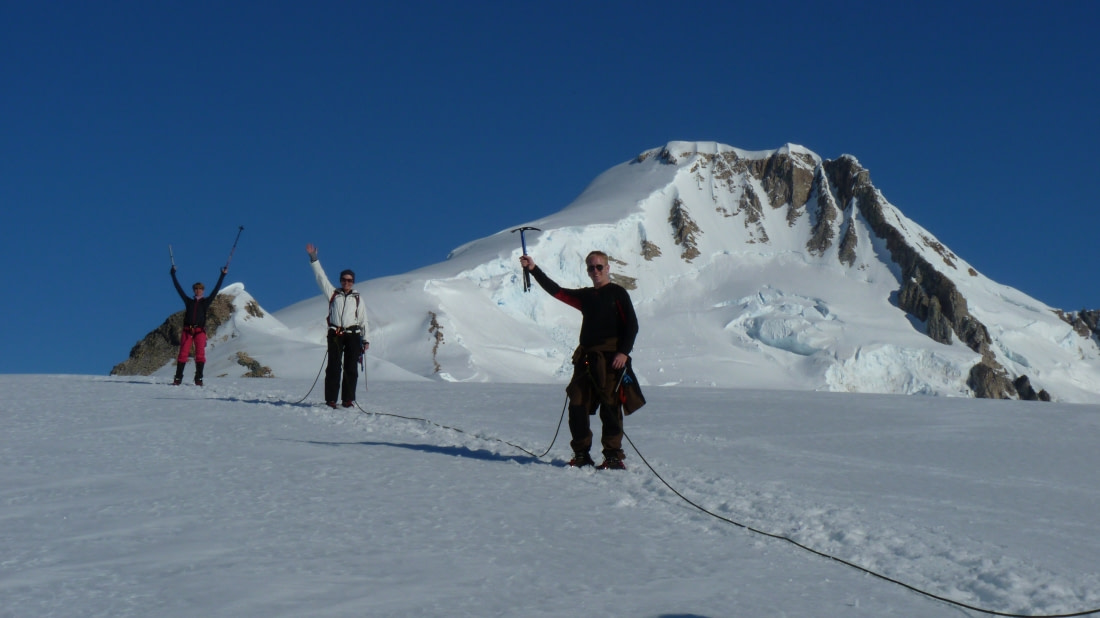
The rest of the group spent their afternoon between zodiac cruising and landing on Stony Point. We donned snowshoes for a short walk to the top of the snowfield. The climb was easy, and the views from the top were spectacular, with a glacier directly ahead and the bay behind us. We enjoyed moments of 'Antarctic Silence,' listening to the terns, gulls, and the cracking glacier. It was a delightful visit, and we had time to explore the shoreline with Gentoo penguins and Weddell seals.
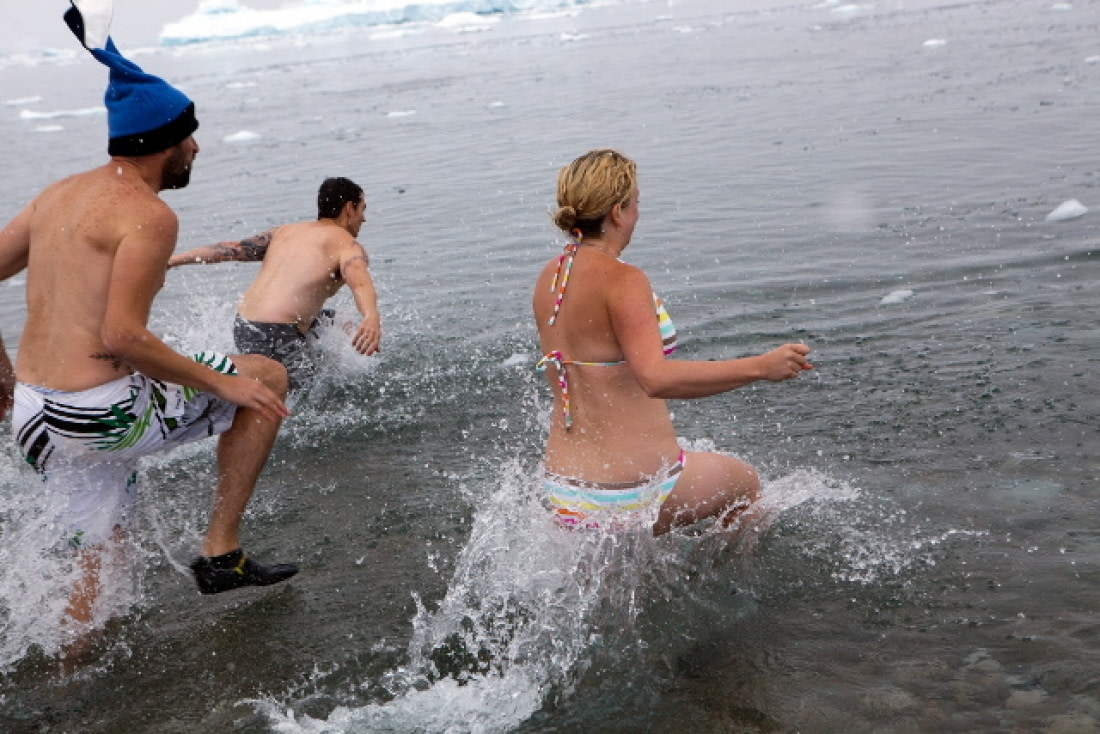
Back at the landing site at Stony Point, preparations were underway for the polar plunge, a chilly swim from the shores of the Antarctic continent. About 25 participants braved the icy waters, while many others watched from the sidelines. It was a fantastic and entertaining experience for everyone, though a few ended up with very cold fingers and toes. We were quickly shuttled back to the ship for a hot shower and a warm drink.
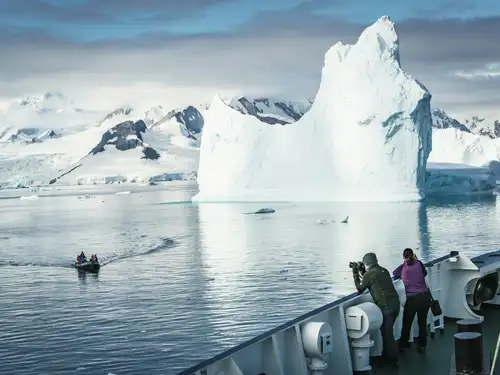
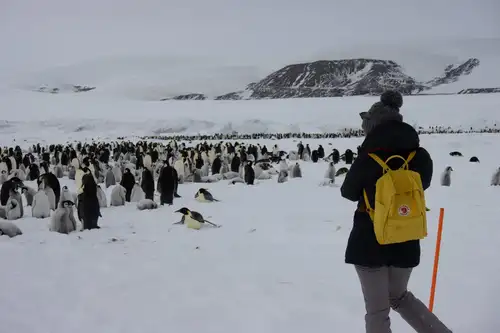



Related Trips
Blog


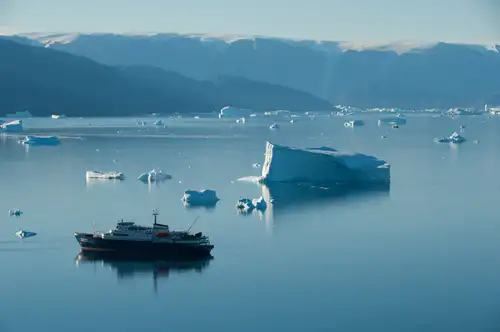
10 Common Misconceptions About the Arctic
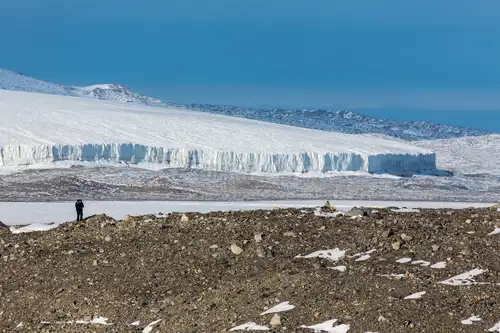
The Secret Life of Glaciers: How They Form, Move, and Melt
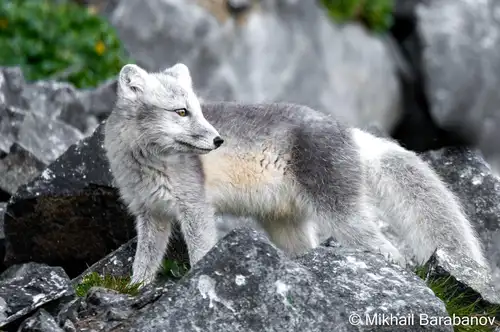
The Small Mammals of the Arctic and Antarctica
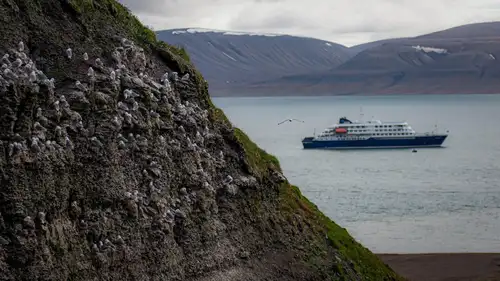
Circumnavigating Spitsbergen
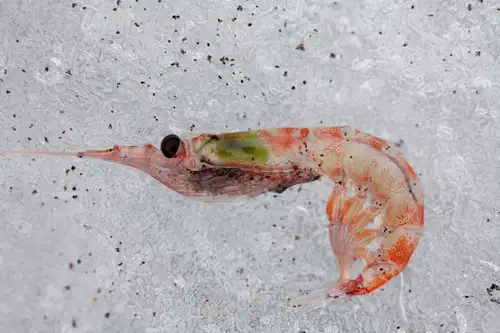
Life in the Polar Regions
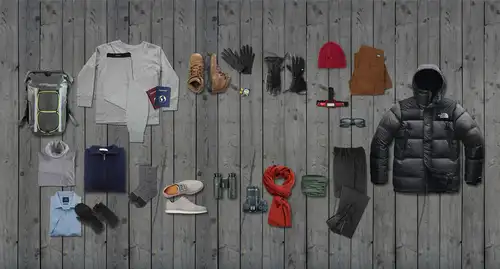
What to Pack for Your Expedition Cruise to the Arctic or Antarctica
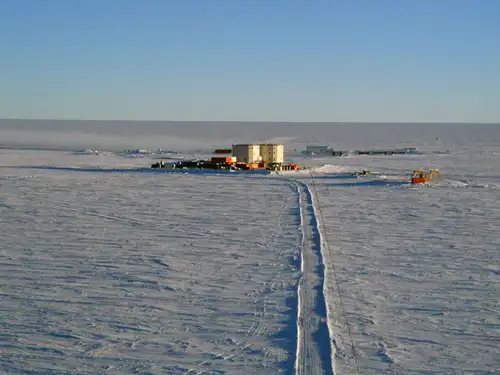
Day and night in Antarctica
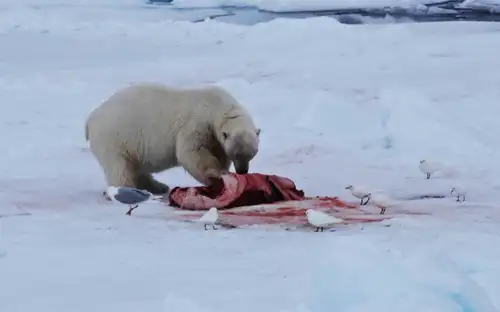
“The polar bear will still be there”
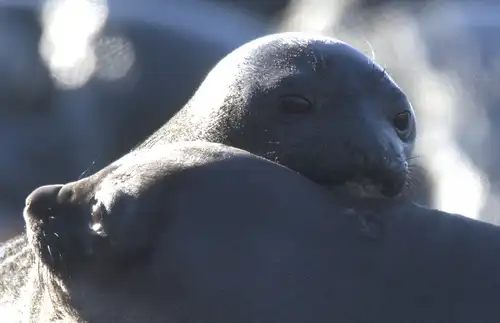
South Georgia in Spring
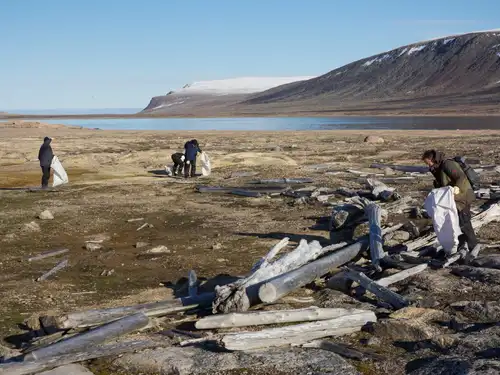
Keep It Green: Our Commitment to Sustainable Polar Travel
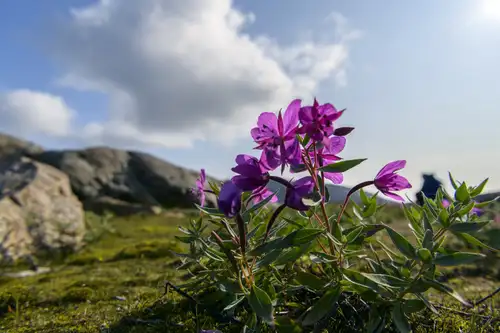
Arctic Flowers, Trees, and Other Plant Life
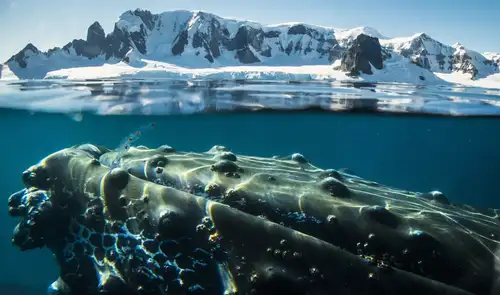
Baleen Whales – The Gentle Giants of the Ocean
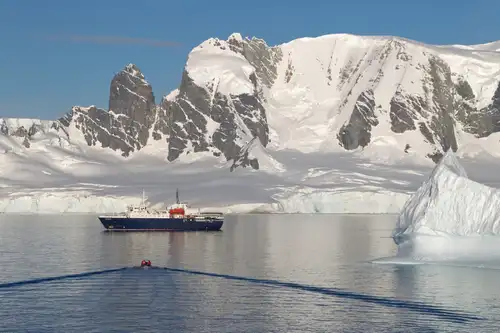
The Best Arctic and Antarctic Trips for Families
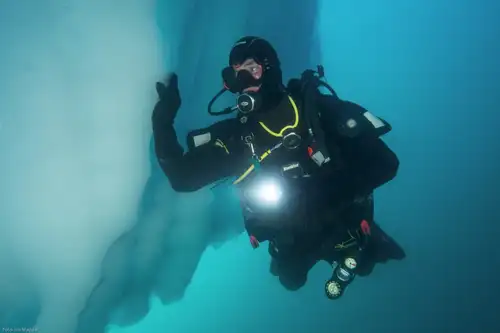
Polar Diving: A Supreme Underwater Adventure
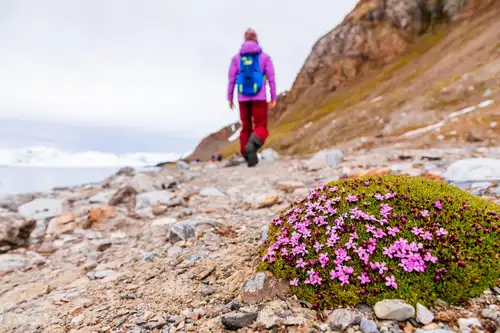
Seizing the Season: Spitsbergen’s Late Spring, Early Summer
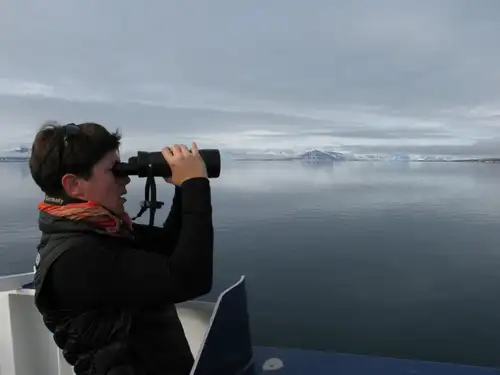
10 Popular Bird Watching Binoculars
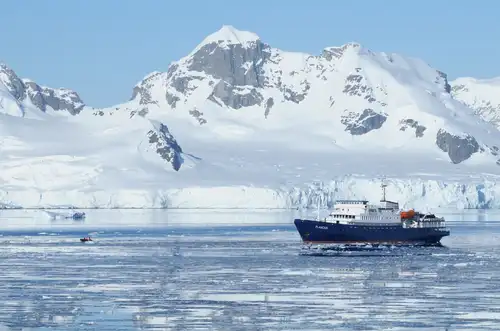
The Ultimate Traveler’s Guide to the Arctic and Antarctica
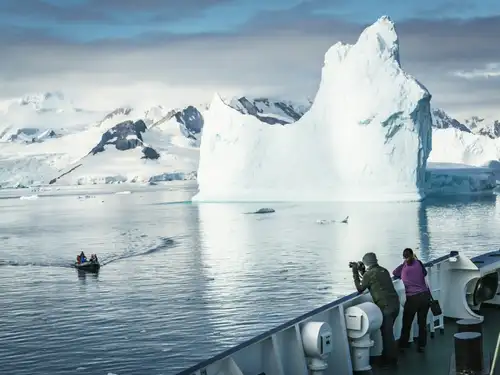
The Classic Polar Cruise: Antarctic Peninsula Facts, Pics, and More
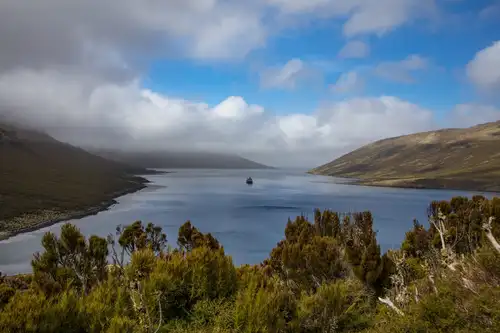
Visiting the Nearly Unknown: New Zealand’s Campbell Island
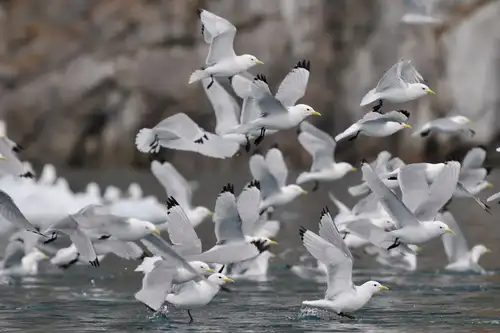



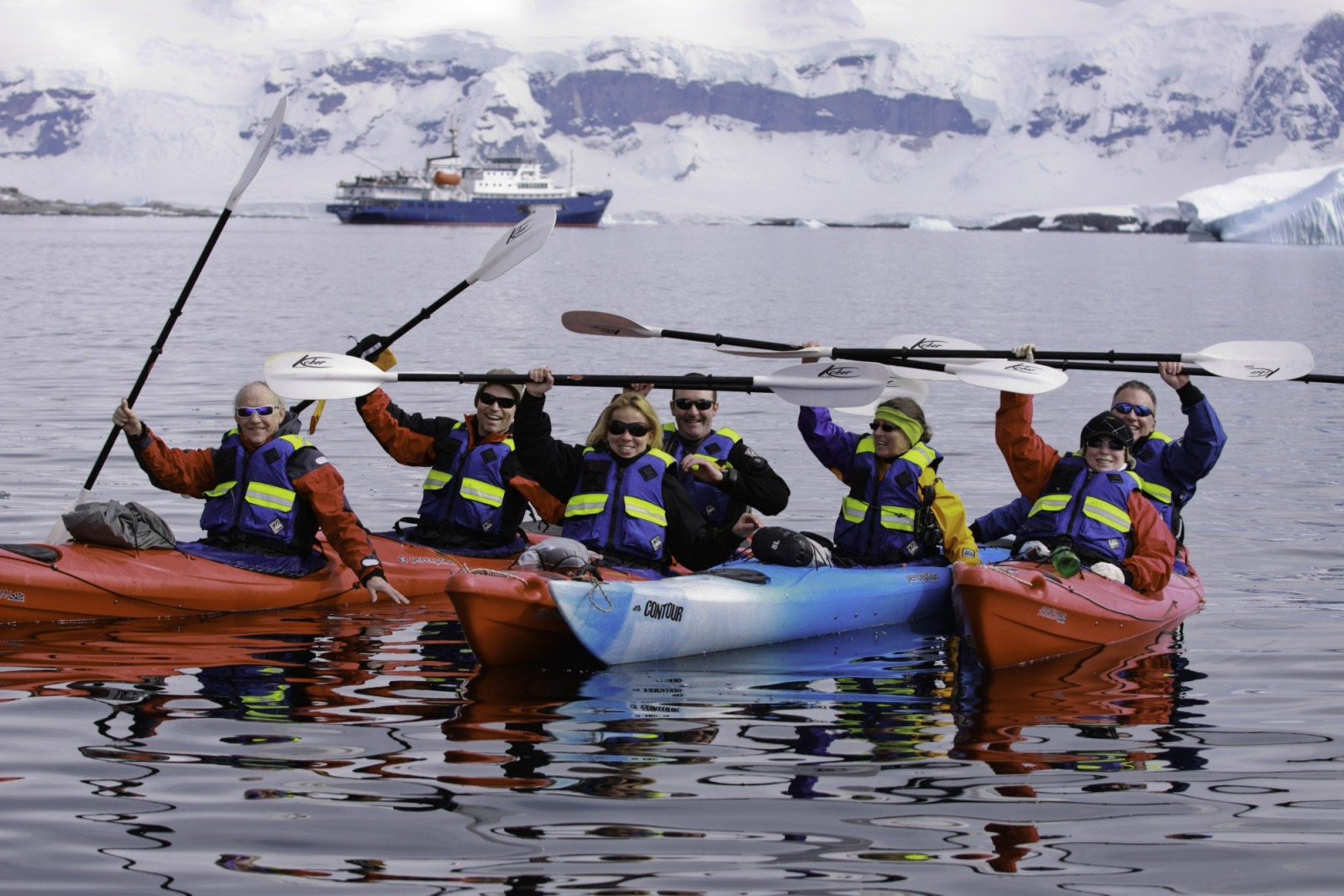

 21 Days / 20 Nights
21 Days / 20 Nights


